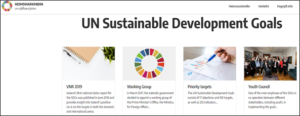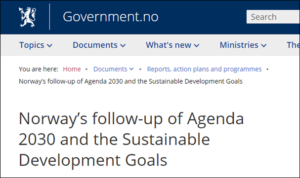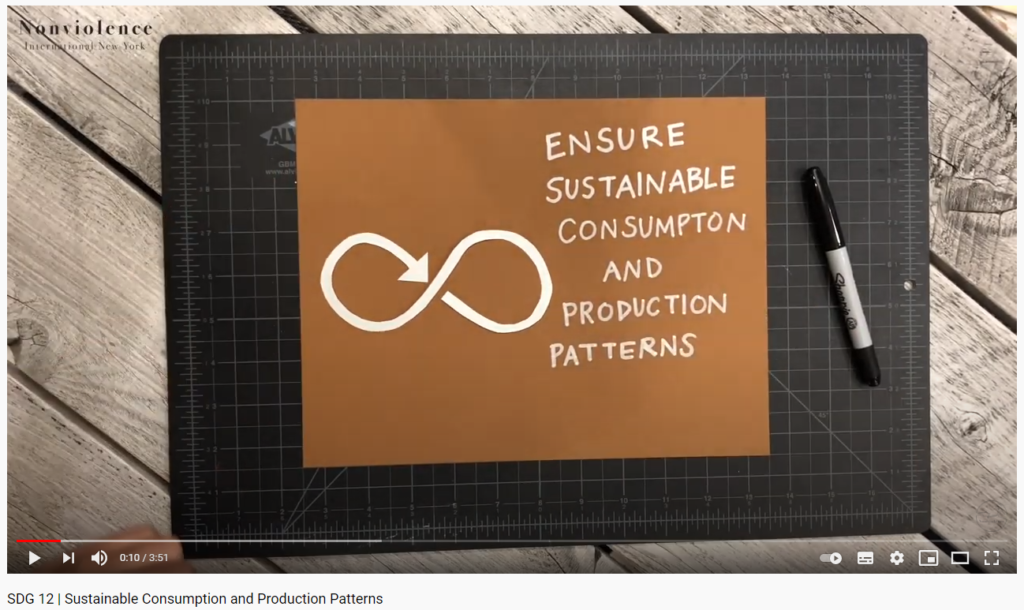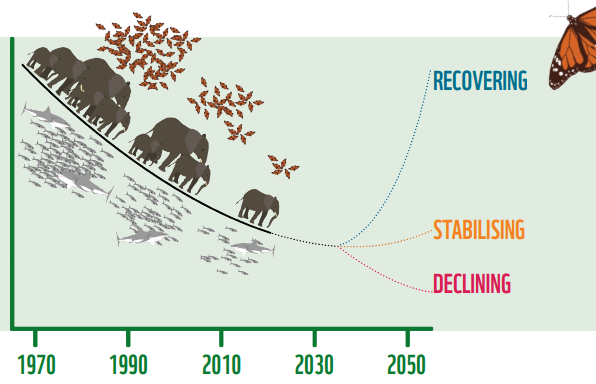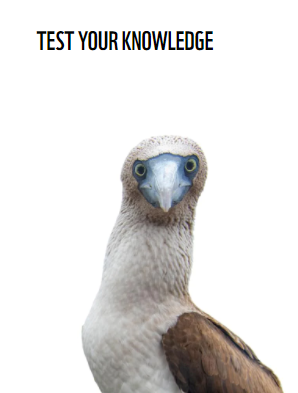This time we are specifically working on Global Goal 12, which deals with responsible consumption and production. If the world still wants to achieve economic growth and sustainable development, we urgently need to reduce our ecological footprint by changing the way we produce and consume goods and resources. But how do we do this? The main goal this semester is for all participants in the project to understand how important it is to encouraging industries, businesses, and consumers to recycle and reduce waste. We need to support more sustainable patterns of consumption by 2030!
Sustainable Development Goal 12
The sustainable Development Goals Report 2020 presents an overview of progress towards the SDGs before the pandemic started. The report was made by the United Nations Department of Economic and Social Affairs in collaborations with over 200 experts. Please have a look at the Goal 12 in the report. Click on the image to have a look at all the different states members of the United Nations, included Finland, Iceland and Norway.
Sustainable consumption and production is about doing more and better with less! It involves using resources efficiently and reducing the impact of dangerous chemicals.
The UN has defines 11 targets for SDG 12.
How is the world doing on the different targets? Have a look on different statistics and data of countries with or without a plan for sustainable consumption and production.
How do the government in Finland, Iceland and Norway follow up on the Sustainable Development goals? Have a look on their webpages:
- 17% or 931 million tonnes of food available to all consumers in 2019, went into the waste bins. Target 12.3- Halve food waste by 2030.
- If the global population reach 9.6 billion by 2050, then we need three planets to provide the natural resources needed to sustain current lifestyles. Target 12.8
- Electric waste grew by 38 %, but less than 20% is recycled. Target 12.5
- Less than 3% of the world’s water is drinkable, but 2.5 % of this is frozen in glaciers around the globe. Therefore, humanity has to rely on 0.5 % for all people’s ecosystem’s and freshwater needs. Target 12.2
- The global population without access to electricity fell from 1.2 billion in 2010 to 840 million in 2017. Target 12.A
- Agriculture is the biggest user of water worldwide, and irrigation claims to 70 percent of all freshwater appropriates for human use. Target 12.4
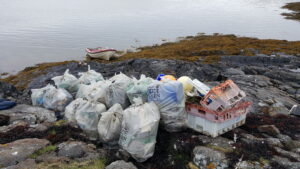
More than 8 million tonnes of plastic end up in our oceans
Why do we have environmental problems?
Last semester we learned about climate changes and how it effects our Earth. Unsustainable consumption and production patterns are also something that will affect the climate, wildlife populations and people’s health if the world does not make fundamental changes in the way that our societies produce and consume goods and services. We are so lucky that our planet has provided us with an abundance of natural resources. Unfortunately, we see today that we have not utilized them responsibly and currently consume far beyond what our planet can provide. We need to understand what harm we have inflicted on the planet and reverse the harm in a sustainable way. How are our ecological footprints affecting the earth? Why are we loosing nature?
When people use renewable resources it can result in pollution and wastes. We can think of this harmful environmental impact as an ecological fooprint. What do scientists do? The Living Planet Report 2020 is the newest edition of the report from WWF (World Wide Fund For Nature) and provides the scientific evidence for what is likely to happen in the nature. The heartbreaking conclusion is:
UNSUSTAINABLE HUMAN ACTIVITY IS PUSHING THE PLANET’S NATURAL SYSTEMS THAT SUPPORT LIFE ON EARTH TO THE EDGE…
A more sustainable future is possible!
It is in business interest to find new solutions that enable sustainable consumption and productions patterns. Therefore, at the United Nations Conference on Sustainable Development in 2012 they came up with a 10 year framework of Programmes on Sustainable Consumption and Production Patterns (10YFP). The framework is to encourage all type of businesses to change their habits and join this shift for a better world.
What can you do?
Today, progress is being made many places! But, overall, to meet the goals is not yet advancing at the speed or scale required. We need to hurry if you want to reach the Goals by 2030. The main problem with sustainable consumption and production is that it complements other goals. It therefore requires a range of tools and measures at various levels in each country. Education is an important cornerstone to achieve this goal. Through education, people can acquire knowledge and skills to enable them to contribute to sustainable development. Another cornerstone to solve this is information. Clear and easily accessible information about the products to make responsible choices of products in the way adopt to a more sustainable lifestyle.
The global material footprint show how fast we consume resources and generate waste. If you want to measure your ecological footprint you can do this in 5 steps.
The result can be overwhelming, but also a revelation. If you wonder how you can change your lifestyle, start with 10 simple actions to build a better world for everyone in this action guide.
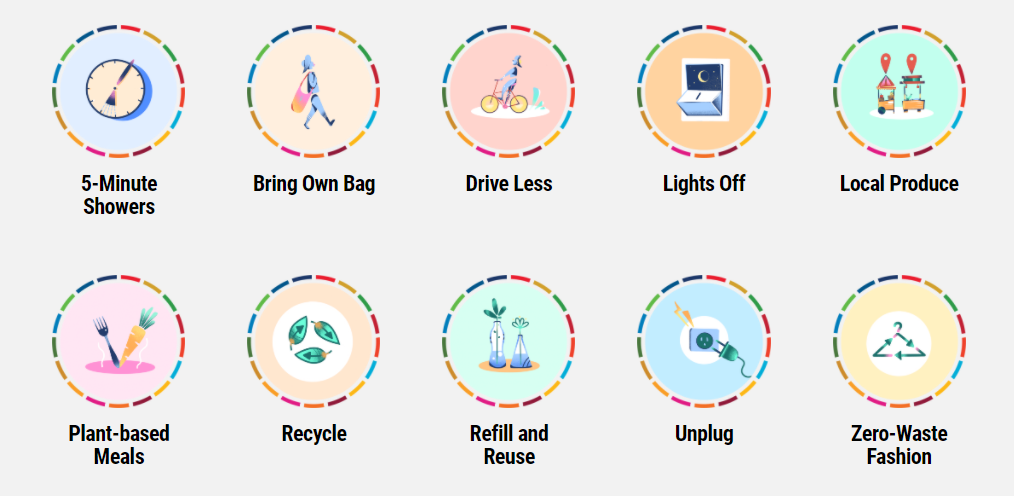
Do someting about it- Take action! https://livingplanet.panda.org/what-you-can-do



